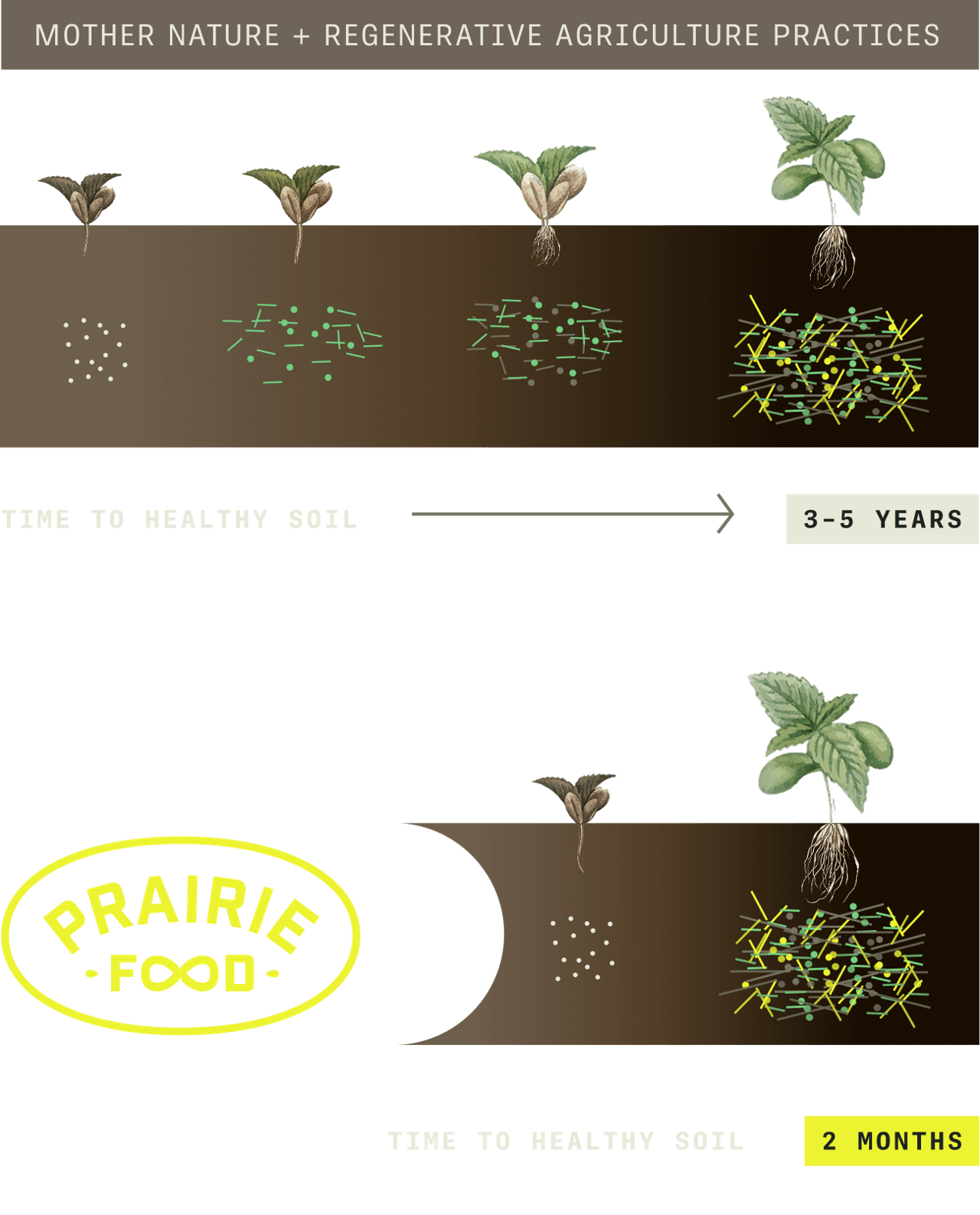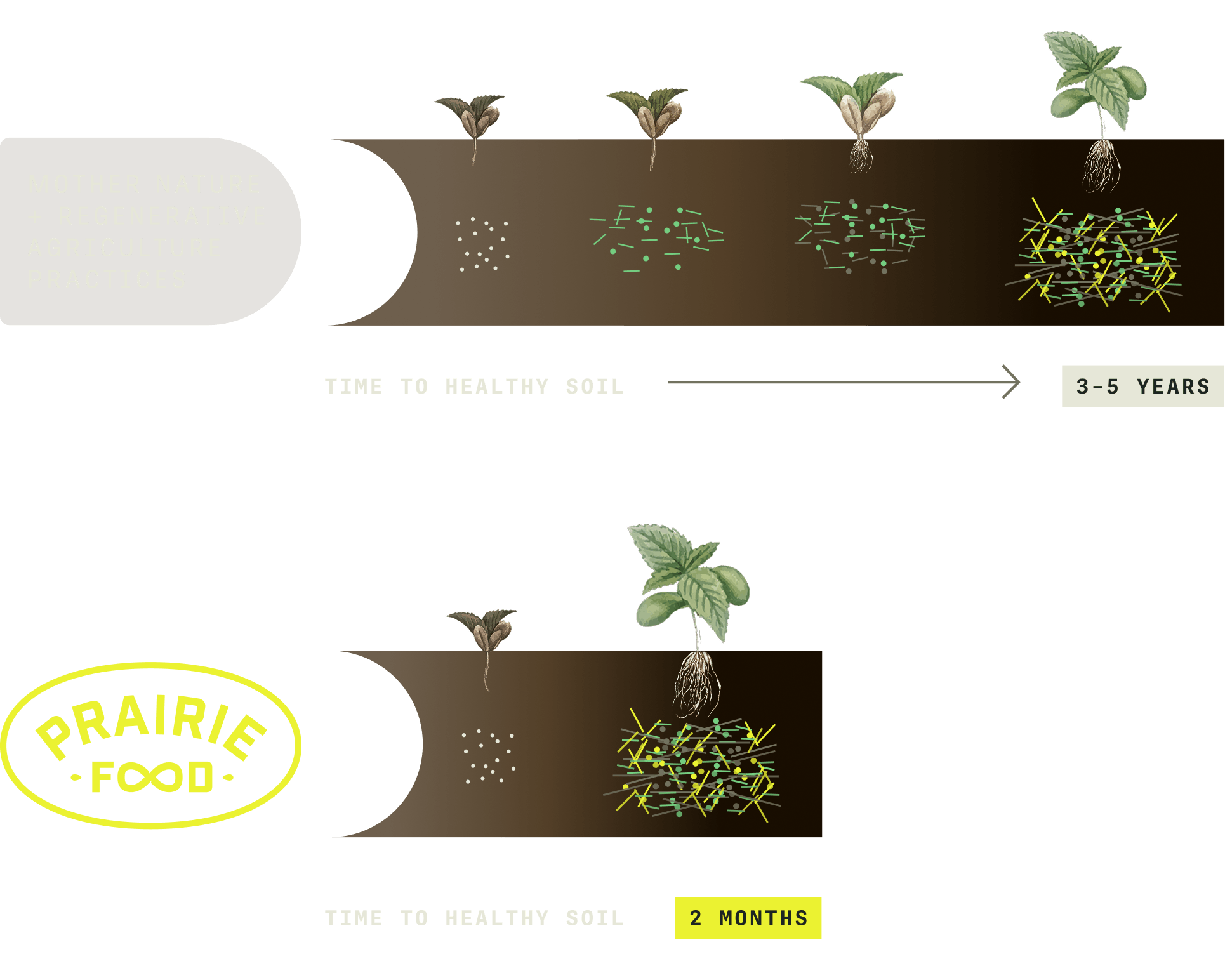
Slurry
- 12.0Total Solids (%)
- 55.7Volatile solids (% Of ts)
- 5.1pH
- 301Conductivity (µS/cm)
- ApplicationHigh flow liquid sprayers, Cultivar injection
- Nutrient deliveryHigh mass and SCFAs per gallon
- Best UseLong-term soil building, restoring function
SLURRY excels in delivering higher mass, SCFAs, macro- and micronutrients for long-term soil building and fertility restoration.










